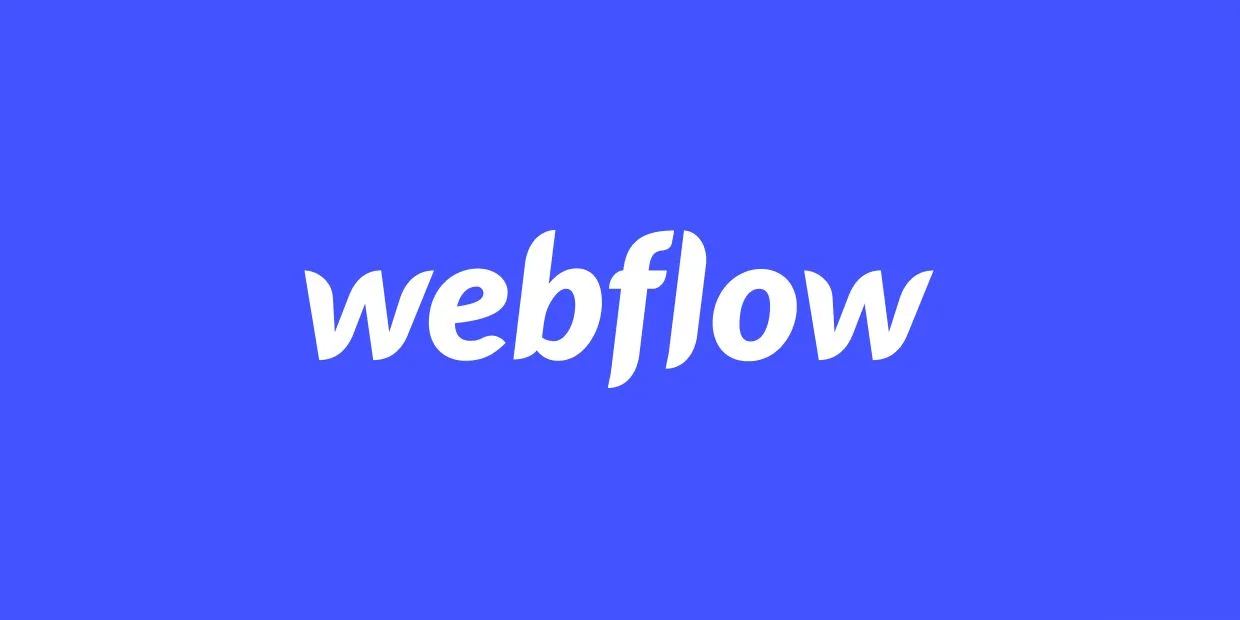In recent years, Webflow has soared in popularity among designers, marketers, and businesses looking to build sophisticated, responsive websites without relying on extensive coding. But what exactly makes Webflow stand out among countless other website-building platforms, and why has it garnered such widespread acclaim? Let’s explore the factors fueling Webflow’s popularity—and consider why it might also have its limitations.
1. Powerful Visual Design Control
Perhaps the most significant reason behind Webflow’s popularity is its intuitive visual designer, allowing users to create professional-quality websites without writing complex code. Unlike traditional drag-and-drop builders, Webflow gives users full control over HTML, CSS, and JavaScript visually. This combination of simplicity and power attracts both beginners and professional designers.
Key Features of Webflow’s Design Tool:
- Visual CSS editing: Enables precise control over styles visually.
- Responsive design: Simple tools to ensure your site looks great on any device.
- Interactions and animations: Advanced animations without needing to code.
2. No-Code Flexibility and Speed
Webflow empowers those who aren’t fluent in code to quickly launch professional-level websites. Its visual-first approach democratizes web development, shortening production cycles dramatically. Users can prototype, iterate, and deploy websites quickly, making it ideal for businesses seeking agility.
3. Integrated CMS and Ecommerce Functionality
Webflow’s built-in CMS is another big draw, allowing you to easily manage dynamic content like blogs, portfolios, or ecommerce stores. The intuitive interface streamlines content management tasks, reducing dependence on developers and saving time and resources.
Webflow CMS Advantages:
- Easy content updates
- Dynamic pages and custom collections
- Seamless Ecommerce integration for scalable online stores.
4. Speed and Performance
Webflow websites typically have impressive page-loading speeds and reliable hosting through Webflow’s hosting service, using Amazon Web Services and Fastly CDN. This ensures users have a fast, secure, and consistently reliable experience.
4. SEO-friendly by Default
Webflow is designed to be SEO-friendly, offering built-in features such as customizable meta tags, automatic XML sitemaps, structured data integration, and clean semantic code. For marketers and businesses, these capabilities simplify optimization, improving your site’s chances of ranking higher in search engine results.
5. Community and Support
Webflow’s dedicated community, including comprehensive forums, tutorials, active support, and extensive resources like Webflow University, has significantly contributed to its popularity. The supportive community and abundant educational resources lower barriers to entry, enabling users to easily find solutions and advance their skills.
The Other Side: Webflow Isn’t Without Downsides
Despite its popularity, Webflow does have drawbacks that should be acknowledged:
Pricing and Hosting Costs
Webflow can become expensive quickly, especially for smaller businesses or hobbyists. Compared to other platforms like WordPress or Squarespace, Webflow’s hosting and subscription costs can feel high, particularly as website complexity or traffic increases.
Complexity for Beginners
Webflow’s powerful customization options are a double-edged sword. Beginners might find the interface initially overwhelming compared to simpler drag-and-drop alternatives like Wix or Squarespace.
Bandwidth Limitations
Another common frustration is Webflow’s bandwidth restrictions. As your traffic grows, upgrading to higher plans becomes necessary—and potentially costly.
Why, Then, Is Webflow So Popular?
Despite these misgivings, Webflow remains popular because its advantages typically outweigh its shortcomings—especially for businesses prioritizing design flexibility, speed, scalability, and SEO optimization. The ability to build visually without sacrificing professional-quality results is a game-changer, often overshadowing concerns about price and bandwidth.
In short, Webflow’s popularity comes from its seamless balance between empowering designers and developers while still catering to less technical users. Although it’s not perfect for every user or budget, Webflow has succeeded in striking a balance that resonates with a large segment of modern digital creators.

Leave a Reply
You must be logged in to post a comment.